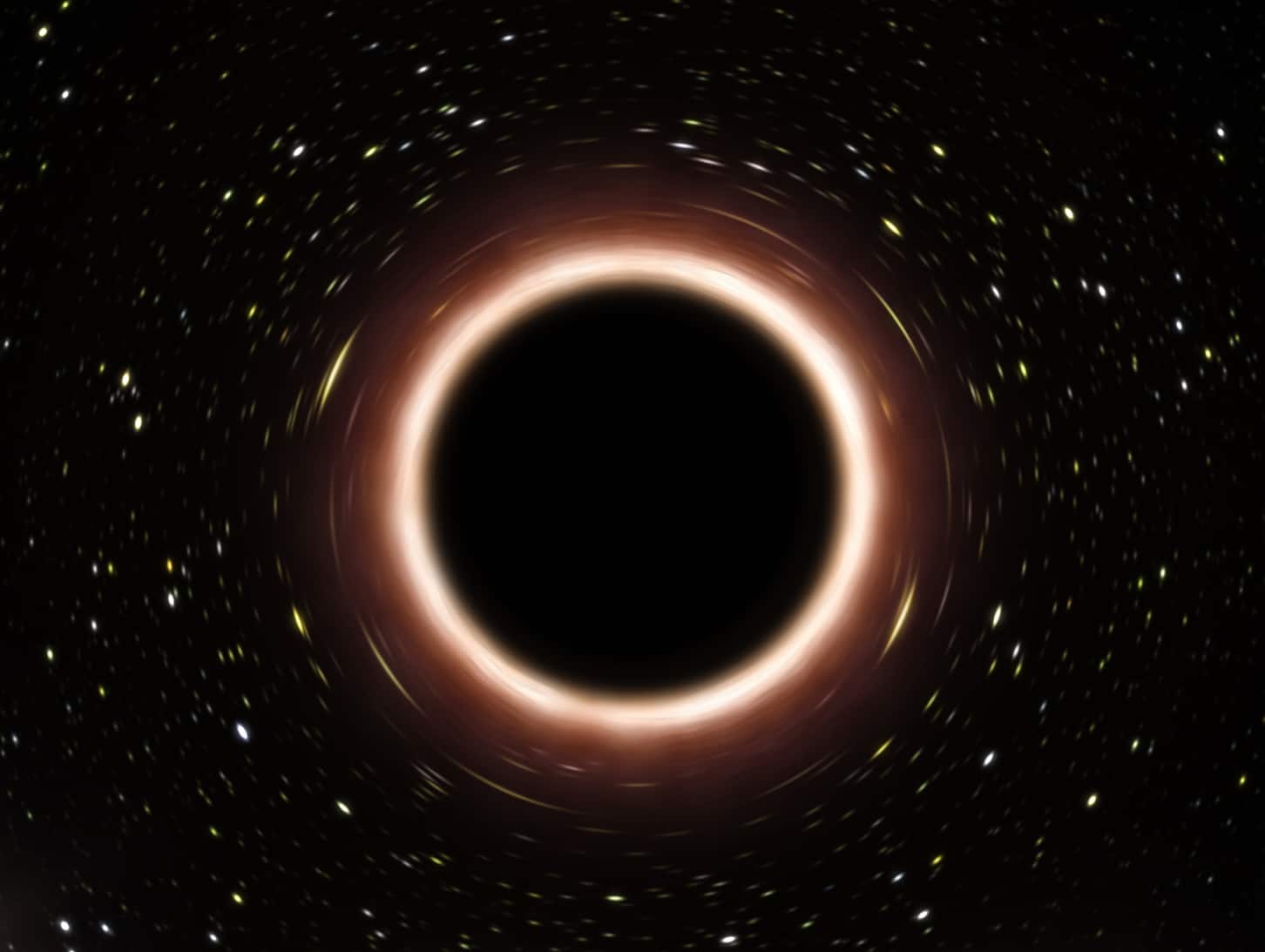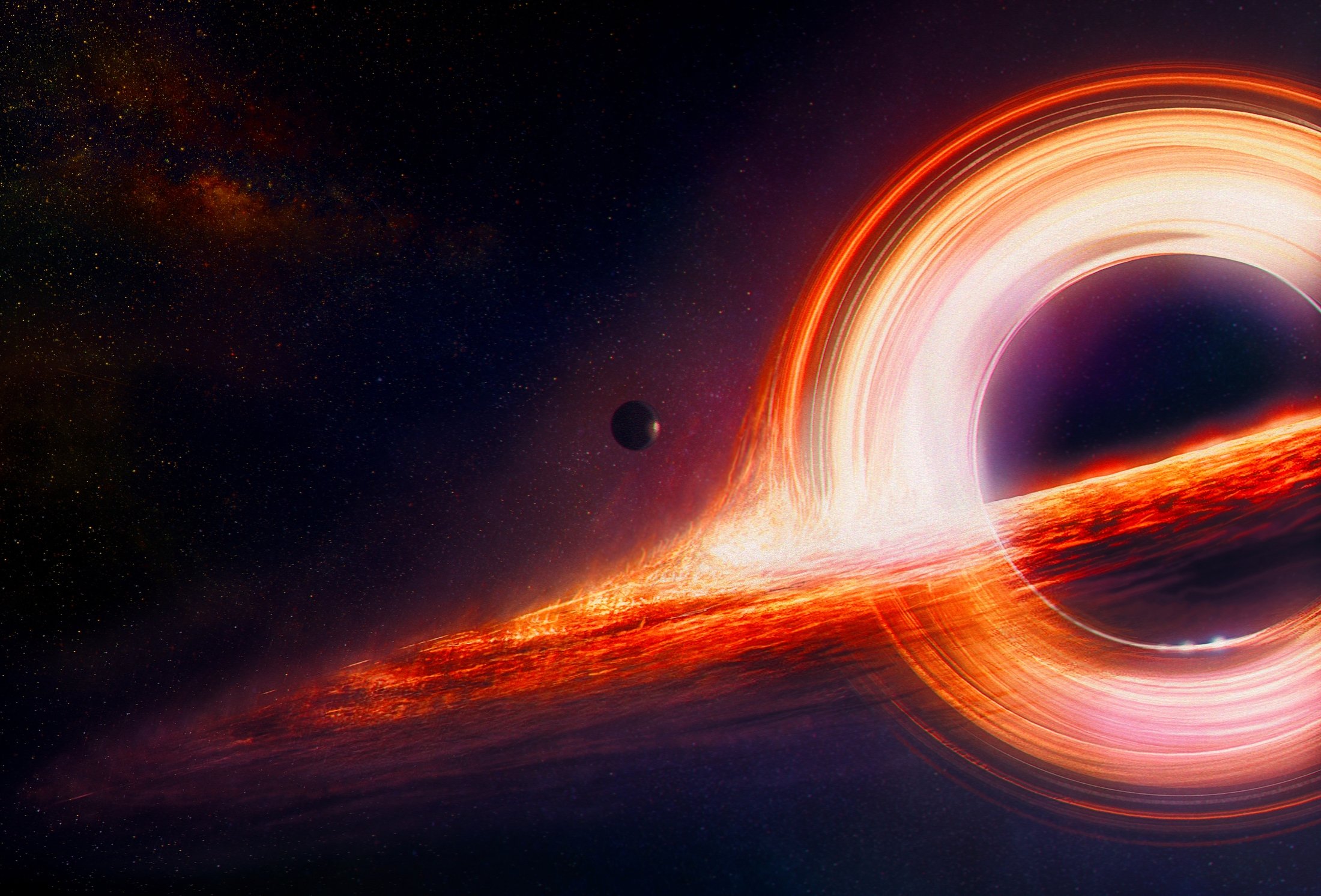Science
Webb Telescope Uncovers Merger Of Two Massive Black Holes From Early Universe

CAPE CANAVERAL, Florida – The Webb Space Telescope discovered the earliest known merger of black holes. These two massive holes and their galaxies formed only 740 million years after the universe-creating Big Bang. Scientists claimed Thursday that they have made the furthest distant detection of merging holes ever.

Webb Telescope: Image NASA
Webb Telescope Uncovers Merger Of Two Massive Black Holes From Early Universe
A black hole is 50 million times bigger than our sun. The other is estimated to be similar in size but buried in dense gas, making it difficult to measure.
Until today, astronomers didn’t know how supermassive black holes got so huge.

Webb Telescope: Image NASA
Webb Telescope Uncovers Merger Of Two Massive Black Holes From Early Universe
The current findings, published in the Monthly Notices of the Royal Astronomical Society, imply that mergers explain how holes can expand quickly — “even at cosmic dawn,” according to lead author Hannah Ubler of the University of Cambridge.
“Massive holes have been shaping the evolution of galaxies from the very beginning,” Ubler stated.
Webb Telescope: Image NASA
Webb Telescope Uncovers Merger Of Two Massive Black Holes From Early Universe
Webb, the largest and most powerful observatory ever launched into space, will be the successor to NASA’s Hubble Space Telescope when it launches in 2021. The infrared observatory, a joint US-European initiative, scans the universe from one million miles (1.6 million kilometers) from Earth.
SOURCE – (AP)





























